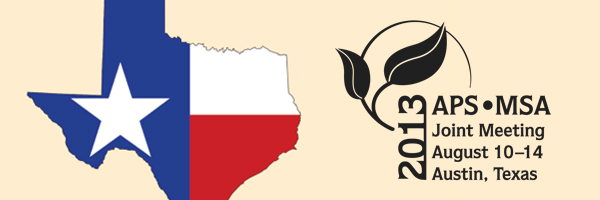APS Homepage
Back

Poster Session: Molecular Plant-Microbe Interactions - Fungi and Oomycetes
© 2013 by The American
Phytopathological Society. All rights reserved.
692-P
Involvement of the Halliwell-Asada pathway in the photosynthesis shutdown during the potato and Phytophthora infestans compatible interaction.
M. Cárdenas (1), P. Jimenez (2), S. RESTREPO (1)
(1) Universidad de los Andes, Bogota, Colombia; (2) Universidad Militar Nueva Granada, Bogota, Colombia
Computational modeling is a powerful approach to analyze complex biological data because it integrates data in a single system. It also facilitates to predict and optimize different behaviors of the system under study. We modeled and analyzed the metabolic network of the compatible interaction between Phytophthora infestans and Solanum tuberosum. Based on a previous computational model, stLMR1, we generated a refined computational model named stLMR2, which, in comparison with the previous version, includes more reactions and three defense pathways that are reported to be important during the interaction between pathogens and their host plants. In this study, we found oscillations in the metabolic behavior at different time points after infection and a delay in the activation of the defense biosynthetic pathways of jasmonic acid, ethylene and salicylic acid. We also predicted the involvement of enzymes of the Halliwell-Asada pathway as well as enzymes preceding it. In silico predictions were assayed and validated using real-time quantitative PCR. Acidic glucanase (Glu-A), Basic glucanase (Glu-B) and Proteinase inhibitor II (PIN2) were used as indicators of the behavior of the defense biosynthetic pathways. Glutathione synthase and glutamylcysteine synthase as well as Glutathione reductase and ascorbate peroxidase were quantified for validating the predictions concerning the Halliwell-Asada pathway.